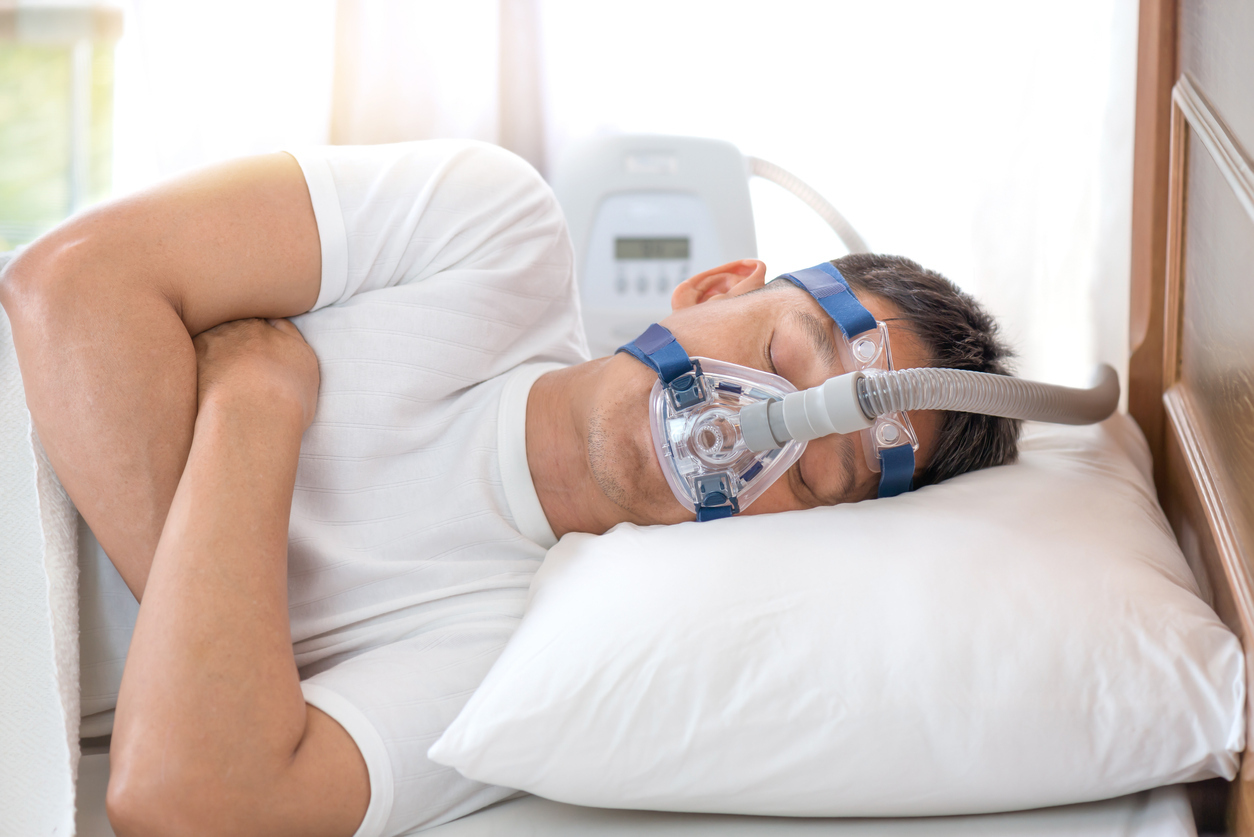RPM for Sleep Apnea: How It Works
Sleep apnea is a common yet potentially serious condition affecting millions of people worldwide. In recent years, remote patient monitoring (RPM) has become an increasingly popular method for patients and healthcare providers to manage sleep apnea care. This article will delve into RPM for sleep apnea and how it works. We will explore what sleep apnea is, the benefits of RPM for sleep apnea, and the different devices and apps you can use to track your symptoms.

What Is Sleep Apnea?
Sleep apnea is a sleep disorder in which a person’s breathing is repeatedly interrupted as they sleep. This happens when your airway becomes blocked or collapses, causing you to let out a loud snore that wakes you up so you can start breathing again.
Sleep apnea is linked to many other health issues like obesity, high blood pressure, and diabetes. People with sleep apnea can experience the following symptoms:
- Depression: People suffering from sleep apnea have been shown to have higher rates of depression than those who don’t have it.
- A Weakened Immune System: People with sleep apnea often have a weaker immune system due to a lack of sleep.
- Mental Fog: Sleep apnea has been shown to contribute to mental confusion, making decision-making and retaining memory difficult.
- Fatigue: Since people with sleep apnea wake up repeatedly throughout the night, their sleep often suffers, leaving them fatigued throughout the day.
- Heart Problems: Some research studies have established a significant correlation between sleep apnea and an increased risk of developing heart failure.
RPM Devices for Sleep Apnea
Many providers turn to RPM devices to deliver the best possible care to their patients. These devices are used to detect symptoms of chronic conditions like sleep apnea, diabetes, or asthma. They allow you to monitor your patient’s health from a distance, cutting travel and time costs. CPAP machines are popular examples of devices used in remote patient monitoring for sleep apnea.
CPAP
A CPAP (Continuous Positive Airway Pressure) machine is a common treatment for sleep apnea. It is a wearable device that delivers a constant stream of air pressure to keep the airway open and prevent it from collapsing. CPAP machines can significantly improve sleep quality, reducing other sleep apnea symptoms and lowering the risk of associated health problems.
CPAP machines can be used in conjunction with remote patient monitoring to deliver the best results for your patients. Built-in monitoring systems can record a patient’s sleep data — including how well they’re sleeping and breathing and how often they use the machine — and send back the information to the provider, eliminating the need for hospital monitoring. They can also be used to measure compliance so that providers can understand the full extent of the problems patients are facing.
The Best Apps for Sleep Apnea
Several mobile applications can also help monitor patients with sleep apnea by tracking their sleep data.
- Sleep Cycle: This app tracks sleep patterns and creates graphs that can be used to determine if your patient’s quality of sleep is improving.
- SnoreLab: This app records your patient’s snoring during sleep and gives a personalized snore score, which can help identify patterns and triggers.
- DreamMapper: DreamMapper tracks apneic occurrences, sends data to your patient’s care team, and offers goal-setting features and reminders to increase compliance.
- SleepScore: This app tracks every sleep stage and provides a sleep score as well as personalized recommendations for improving sleep quality.
- Sleeptracker® 24/7: This app offers heart rate and sleep activity monitoring to help you better understand what happens during your patient’s sleep.
Benefits of RPM for Sleep Apnea
Remote patient monitoring can be highly beneficial for people with sleep apnea. Some of the benefits of RPM for sleep apnea include:
- Improved Care Coordination: RPM enables you to monitor a patient’s sleep data in real-time, allowing for more efficient and effective care coordination.
- Early Detection of Complications: RPM can detect early signs of sleep apnea complications and help identify treatment plans that aren’t working effectively.
- Patient Satisfaction: Many studies have shown that patients are generally satisfied with RPM programs. In one study, patients with sleep apnea were equally satisfied with their treatments, whether they were done remotely or in person.
- Cost Savings: RPM can reduce the need for frequent in-person appointments, saving patients time and money while also reducing healthcare costs.
Choose CoachCare
CoachCare offers an RPM platform to help you treat your patients with sleep apnea remotely. With this telehealth tool for data tracking, you can monitor your patient’s daily information, enabling you to enhance patient outcomes effectively.
Our simple setup process can take as little as two weeks, so no matter the size of your practice, you can quickly start providing better care and earning reimbursements. We also offer a myriad of other RPM devices to support your practice. Request a demo to learn more.